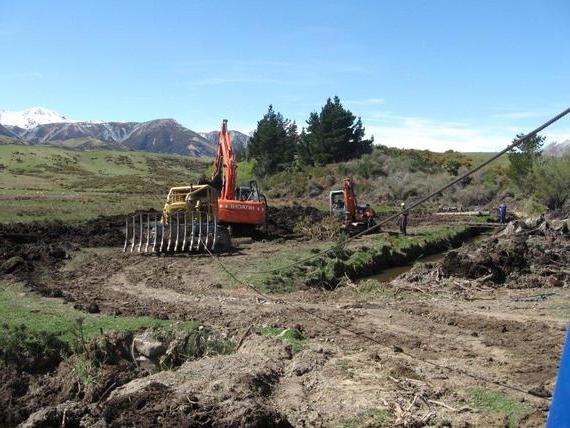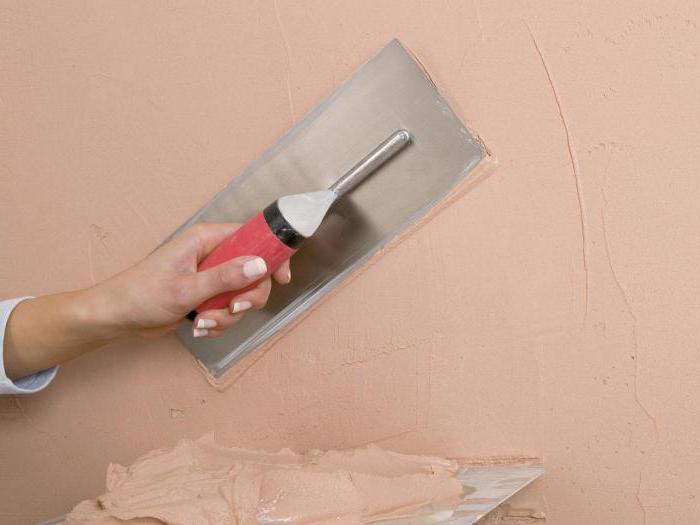How to level the walls
Wall alignment is performed to correctirregularities and surface deviations. Depending on the type and quality of the substrate, the material is selected. If the base is brick masonry, reinforced concrete, concrete or cement-sand plaster, then it is best to use cement compounds. If you are dealing with historical buildings that were previously plastered with lime-sandy compounds, then it is worth using a calcareous mixture to level the walls. If irregularities or deviations are very significant, then it is better to use coarse-grained fractions, and, if insignificant, small-fraction ones.
How to level the walls: start of work
Before you get started, you shouldprepare the surface of the walls. It should be cleaned of dirt, dust, oil stains and other. If there is previously applied plaster, then it should be taped, discarded those areas that emit murmuring sounds, remove old colorful coatings. After that, the wall surface should be checked for evenness and the degree of deviation from the vertical, this is done with the help of a long level. If there are obvious hillocks on the surface, they should be removed. Now the concrete and concrete surfaces can be primed, large potholes can be sealed with plaster. The surface should be slightly rough before plastering.
How to level the walls: prepare the mixture
This is done so. In clean water at room temperature, you need to fill in the right amount of dry mixture, mix it by hand or with a drill with a special nozzle until a uniform composition is obtained, then allow it to stand for a while and mix again. The mixture can be used.
How to level the walls: start the process
During equalization with coarse compositions,use standard tools for plastering. The plaster is applied using the trowel method using a trowel, and then it is leveled with a half-trowel. In order for the walls to turn out to be really even, it is necessary to set the beacons at a distance of one and a half meters from each other, checking the verticality and relative position along the plane. When the rough plaster grabs, it should be sanded with a special grater. If necessary, the layers can be two or more, but each subsequent should be applied after a day. If very rough requirements are imposed on the roughness, then it is possible to walk on coarse-grained plaster with a smaller one of the same composition.
How to level the walls: apply fine-grained formulations
They are applied with the help of wide spatulas orpoluterkov. To wipe the plaster is in a semi-seized state. It is not necessary to polish the plaster, because at the same time the sand fractions are dyed, the surface loses uniformity by absorbency, and this is unacceptable when painting. If the surface is pasted with wallpaper, then it should be aligned and primed, and if painted, then it should be aligned as much as possible to achieve perfect smoothness.
How to properly level the walls with plasterboard
This method of equalization has become verywidespread. Its advantages are relative simplicity and speed of execution, saving material in the presence of significant differences, creating a solid surface. Minuses are the increase in the thickness of the walls, as well as the hollowness of the walls. A plasterboard can level the walls in one of two ways: on the frame and on the mortar. You can glue drywall on the solution only in cases where we are dealing with relatively small differences. A solution is applied between the sheet and the wall, and then the sheet is pressed. The sheet is leveled by means of a level, and then it is screwed to the wall.
You yourself must choose the most optimal method of leveling the walls.







